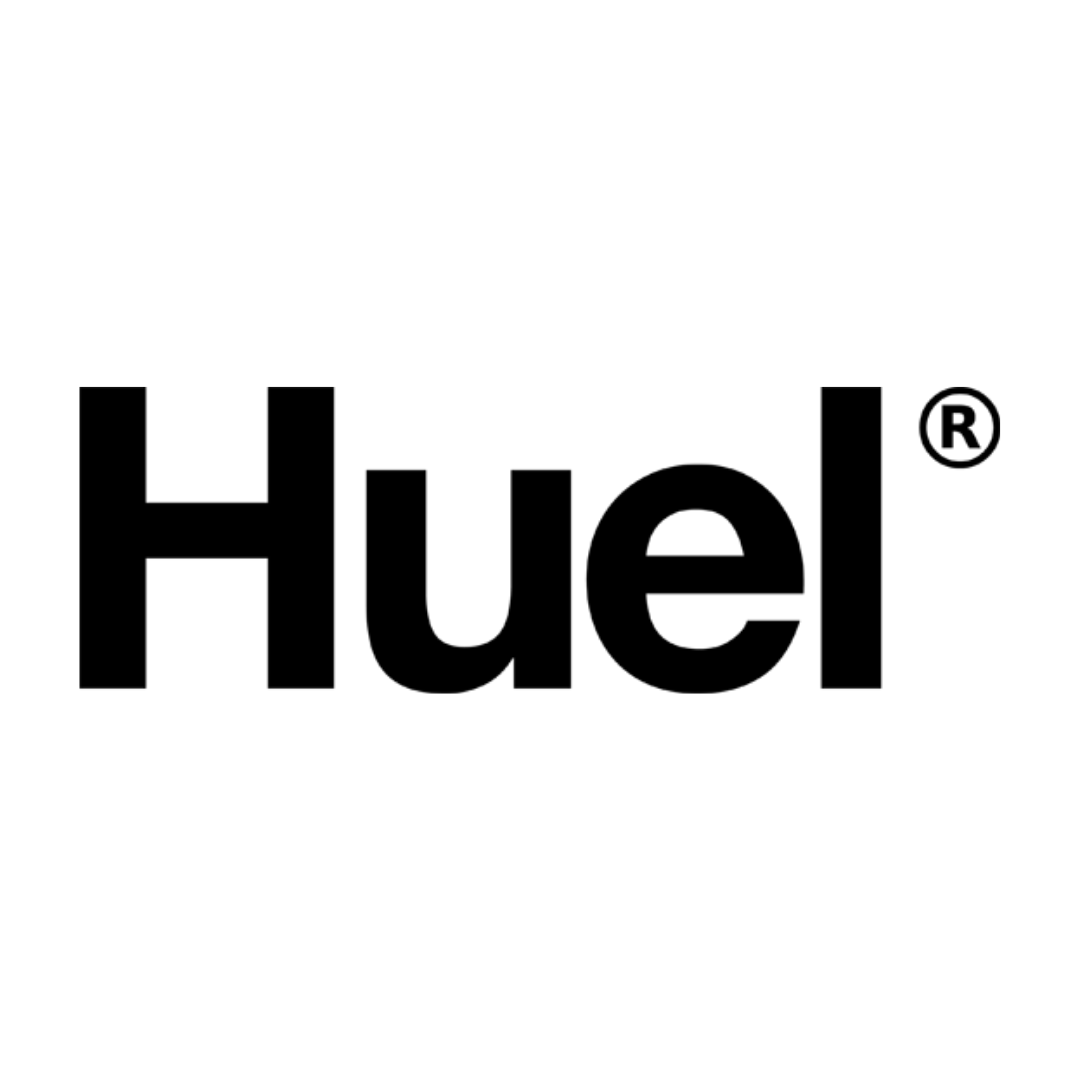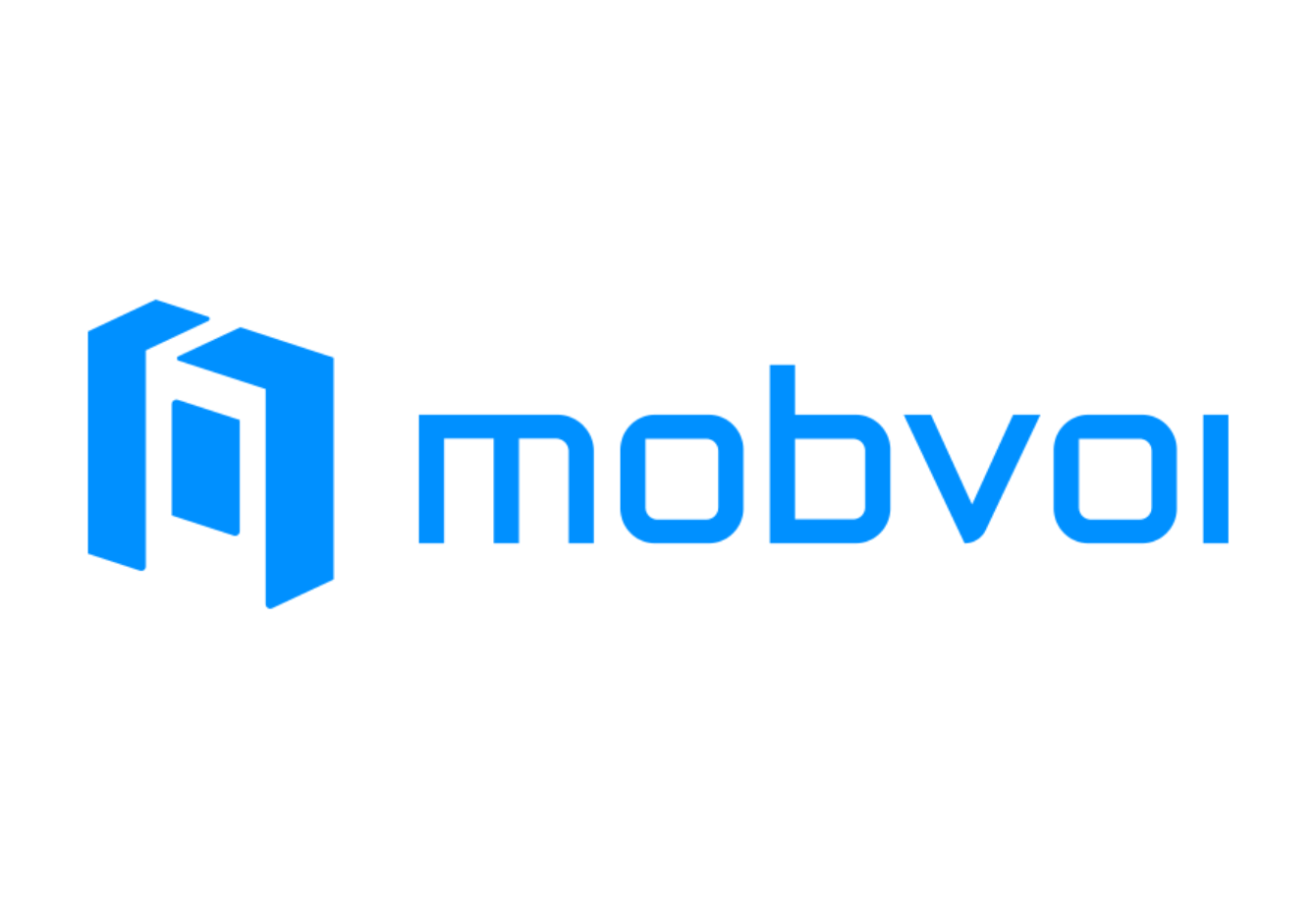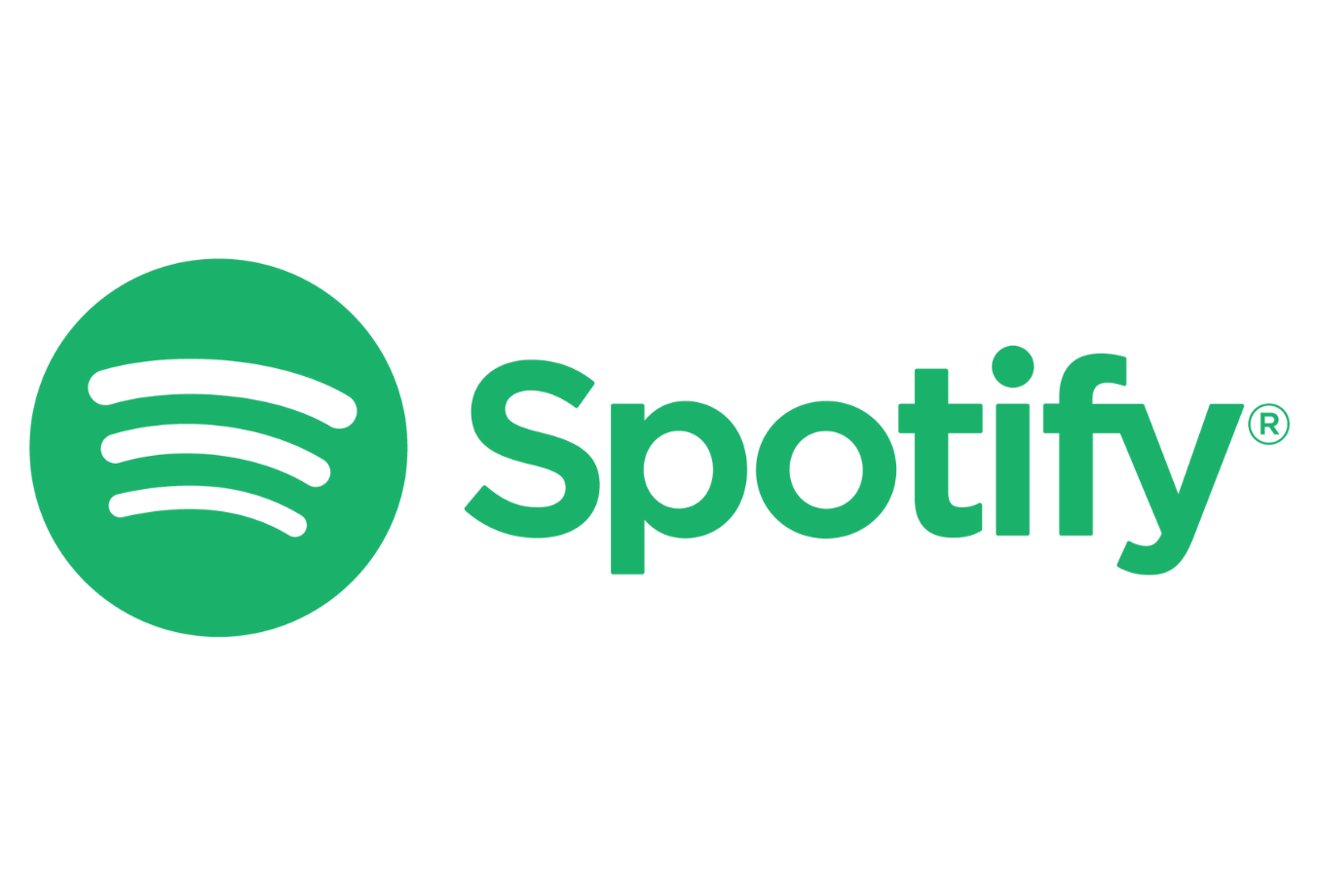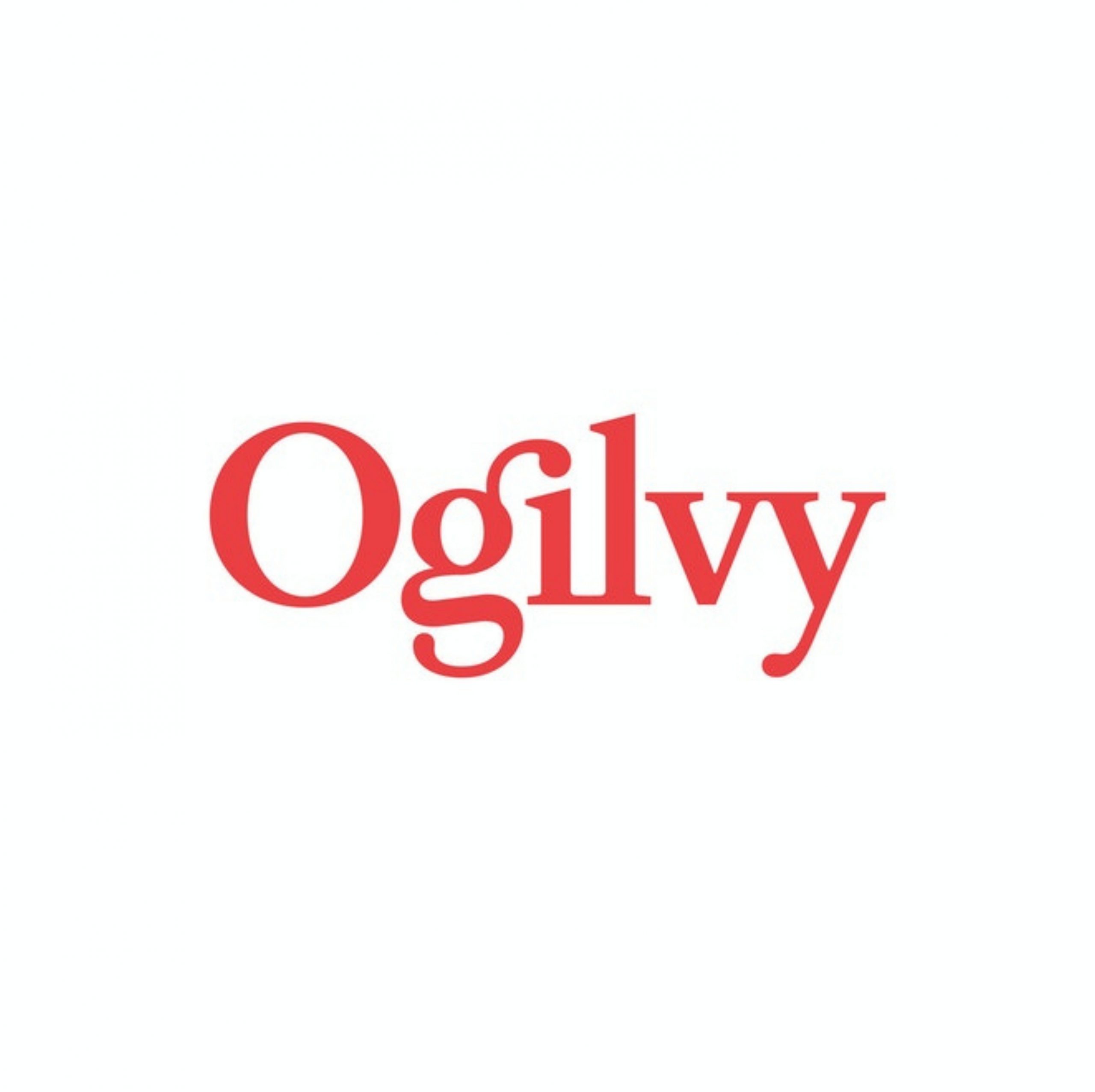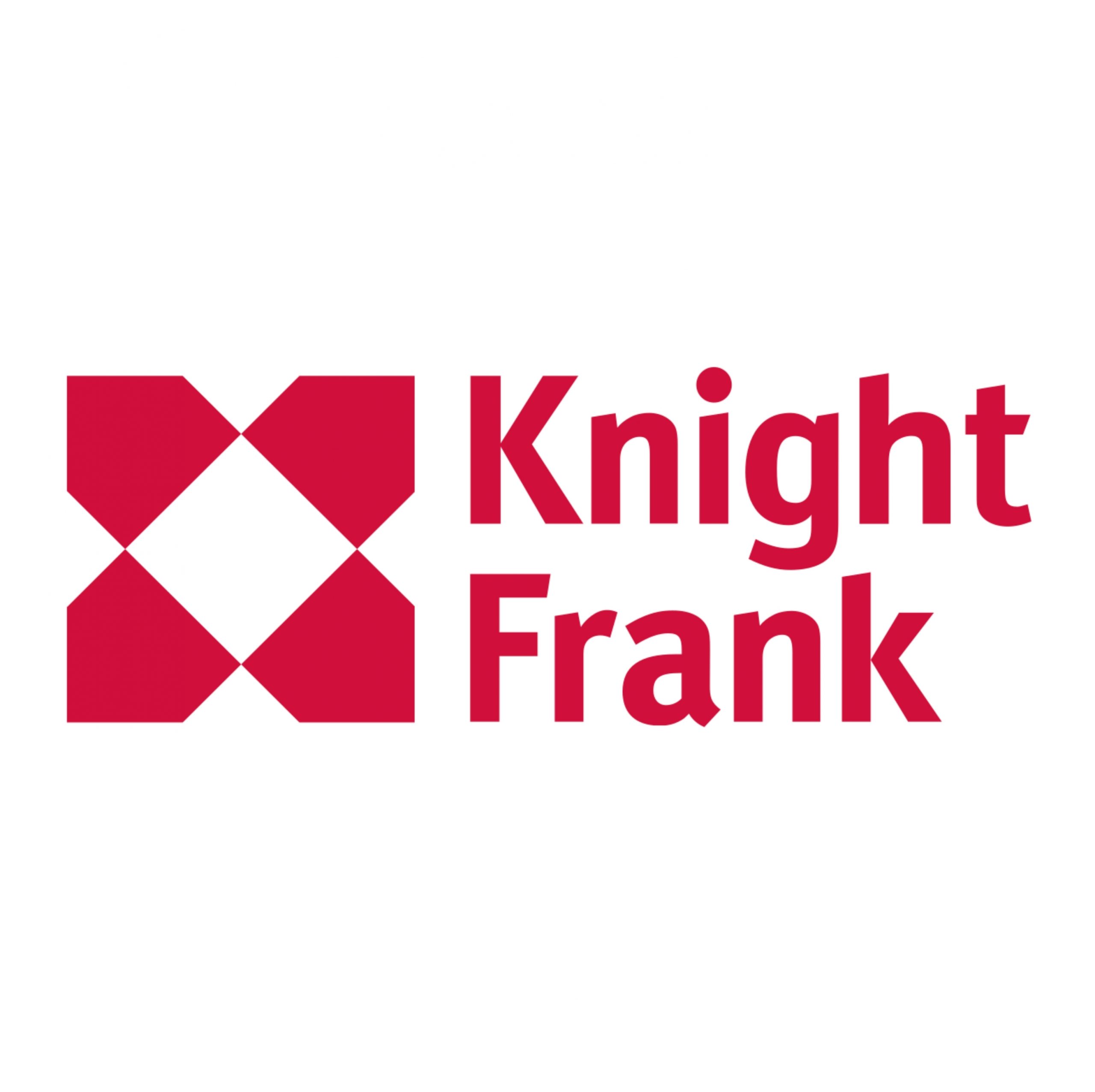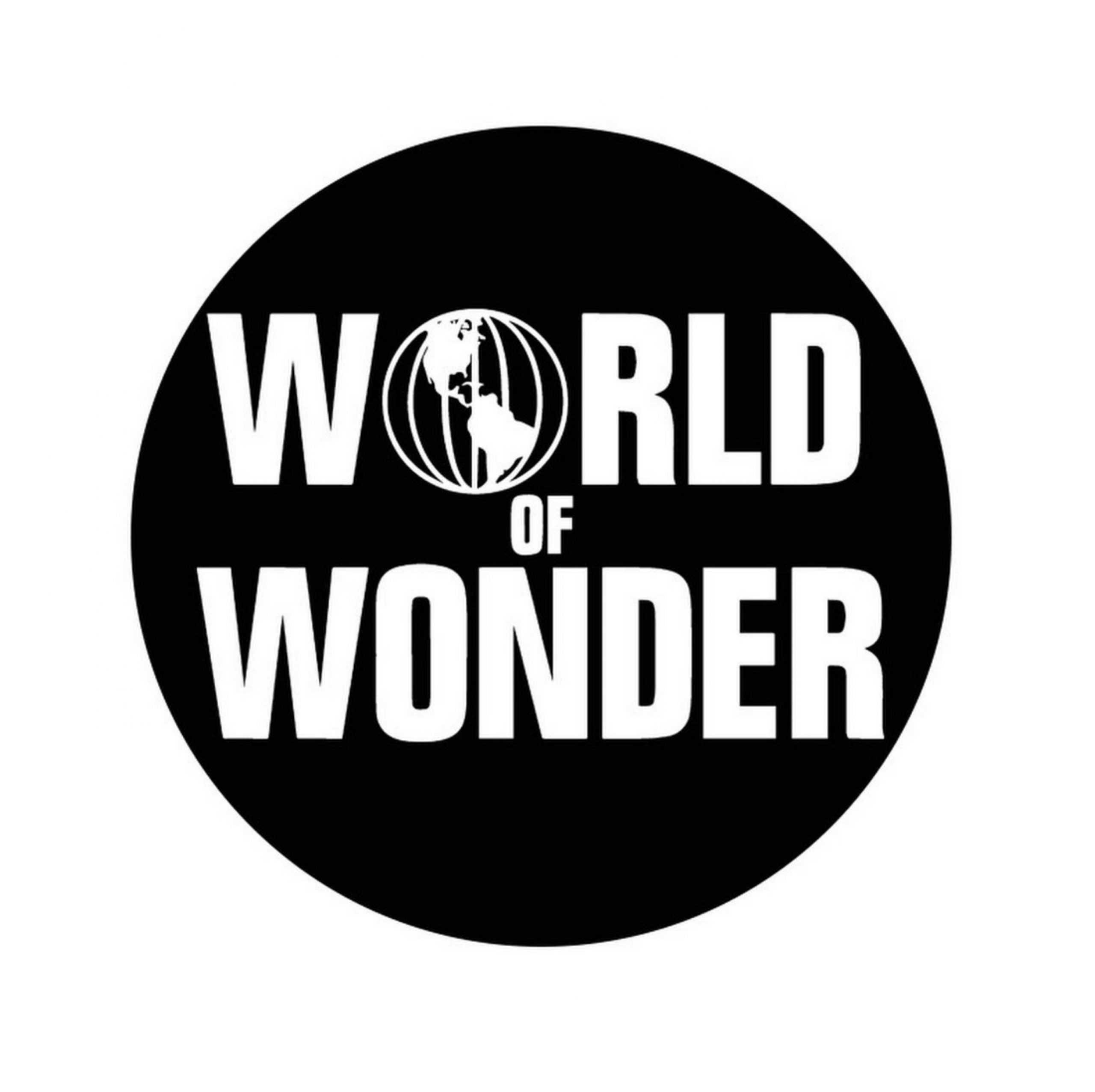It’s no secret that data is the best weapon a marketer can arm themselves with as hotels look to recover from the pandemic. Since 95% of global hoteliers are leveraging market performance data to monitor trends, its key for hoteliers to consult forward-looking business intelligence data to set competitive rates with attractive packages or amenities and offer flexible cancellation policies to win more business. We’ve compiled some key statistics and data-driven suggestions to help you prepare for the year ahead.
Tip No. 1
Be Prepared
According to PWC Research, 63% of people in the UK are planning to take either more or the same number of holidays in 2022. This is up by 25.4% from 2021; while last year saw the industry recover to an extent, the initial projections for 2022 suggest that not only will the public return to their pre-pandemic holiday habits, but will overcompensate for missed years. Hotels should be prepared for this increase, centralising their marketing campaigns to maximise this surge.
Tip No. 2
Discover Your Post-Covid Customer
As a hotel, it’s crucial to reacquaint yourself with your post-covid clientele. Emerging from the pandemic, their needs and behaviours will have changed, and it’s important to accommodate these factors into your marketing plans. AHLA found that out of a list of nine options, travellers most often chose cleanliness as the most important factor when determining their next hotel stay, and 81% of travellers are more comfortable staying at hotels now with enhanced protocols and standards implemented. According to Amadeus Hospitality, 20% of global hoteliers have already implemented opt-out cleaning plans, while PhocusWire stresses the importance of increased automation and contactless technology to maintain a sterilised environment in your hotel. Fundamentally, the customer’s new expectations and fears following the pandemic must be an integral factor in hotel strategies for 2022.
Tip No. 3
Market for Bleisure
As travel rebuilds across both leisure and business segments, marketers have a unique role to play accommodating customer’s dual travel needs. With the increase of remote working, hotels should anticipate an increase in bleisure travellers, who are actively looking and booking hotels for both work and pleasure. Currently, only 23% of hotels offer workcation rates for long stay work/holiday; hotels should be capitalising on this new trend and adapting their offerings to meet this new clientele. Marketeers should look at their hotel’s USPs through this bleisure lens: plug sockets, free high-speed WIFI, and great coffee are suddenly golden assets.
Tip No. 4
Have Content Ready
Here at Wonderhatch, we’re no strangers to creating content that works for the hotel industry. Whether we’re pulling at people’s heart strings, making people laugh, or chasing lovers down hotel corridors, the importance of storytelling is crucial. But it’s not just us that thinks having a bank of great content is crucial for hotels looking for success in 2022 – the numbers speak for themselves. According to Renderforest, sites using video see a 78% increase on web traffic, and Unbounce reported that including a video on your landing page can boost conversions by up to 80%. Videos not only draw potential customers in, but convert them. It’s therefore not surprising Hubspot found that over half of marketeers said video was the content with the best ROI. Fundamentally, high-quality hotel videos are essential for competing in the global marketplace. If you don’t have a promotional video for your hotel, make it the first thing you do.
Final Thoughts
Amidst the uncertainty of the last few years, it’s more important than ever to harness the power of data and use it to look at the travel and hotel industry trends ahead of 2022.
Think you’ve got something to add to TAH? Pop us an email or leave us a comment below!



